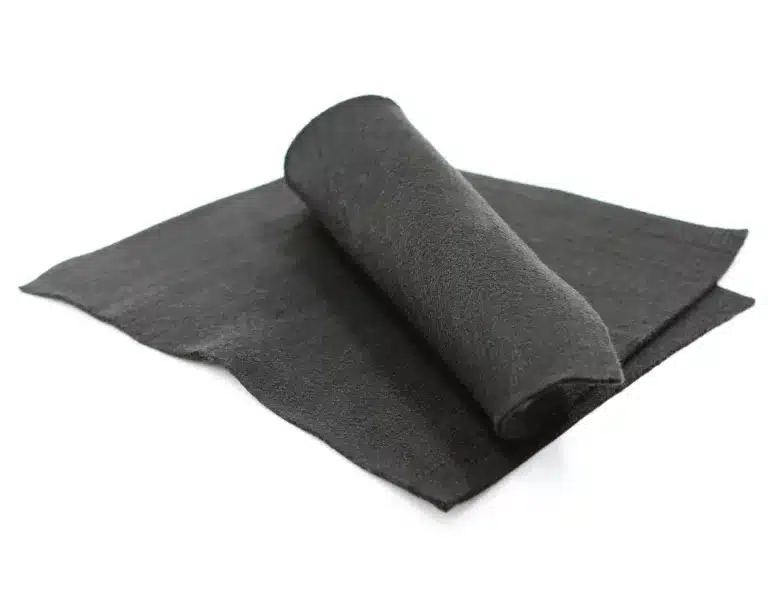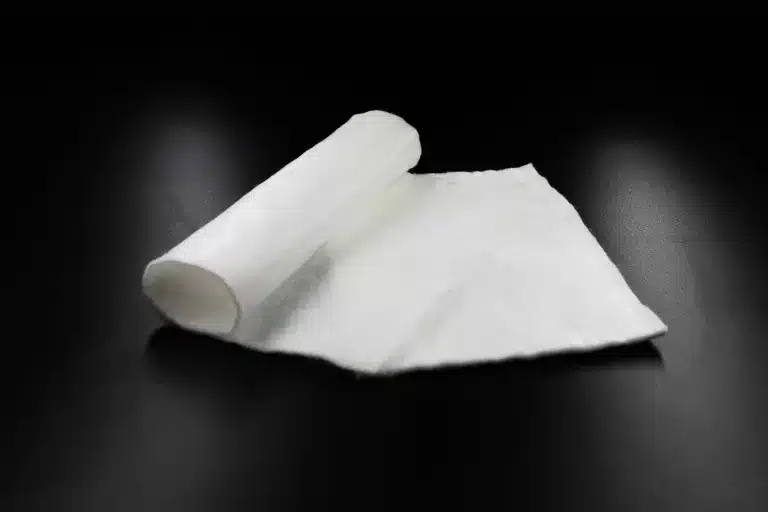GLP135
In environmental applications, Geotextiles are used as a protective cushion under or above geomembrane liners to prevent the risk of puncturing from coarse aggregate rock.
Tel: +86-411-39569550 | E-mail: info@geofantex.com/geofantex@gmail.com

In environmental applications, Geotextiles are used as a protective cushion under or above geomembrane liners to prevent the risk of puncturing from coarse aggregate rock.

In environmental applications, Geotextiles are used as a protective cushion under or above geomembrane liners to prevent the risk of puncturing from coarse aggregate rock.

Polypropylene is a thermoplastic synthetic resin used for packaging, transportation, chemical fibers, and non-woven fabrics. The most widely-used fabric type is polypropylene non-woven fabrics, used in industrial and civil products.

The geomoric fabric is non -woven cloth. As a layer between the ironing plate and the polymer (PVC, TPO, EPDM), it is used to build a pond and reservoir through the membrane in the flat roof to build a river bank and canal, and also for drainage.

Non-woven Geotextile extremely effective in reinforcing and protecting the granular layers, collecting surplus water from the structures and the soil, and providing hydraulic flow and soil retention, making them well-suited for filtration in subsurface drainage applications.

Non-woven Geotextile provides long-term protection for gardens, flowerbeds, and other landscape areas and can withstand harsh outdoor elements and extreme temperatures

Our heavy-duty industrial-grade landscaping fabric is made from non-woven polypropylene, a durable and resilient material that offers superior tensile strength.

Geotextile nonwoven finds versatile applications, including garden path construction, car park surfacing, sports lawns, drainage system installation, and as an essential element in foundation protection, damp-proofing, and waterproofing.

These needle-punched non-woven fabrics are non-biodegradable, tear resistant and are permeable with varying water flow rates. Common applications include drainage systems, as a separation layer under rip-rap or in soil erosion prevention projects.

Separation technology-To separate two layers of soil with different physical properties, such as the separation of road gravel from soft sub-base materials.
End of content
End of content
WhatsApp us